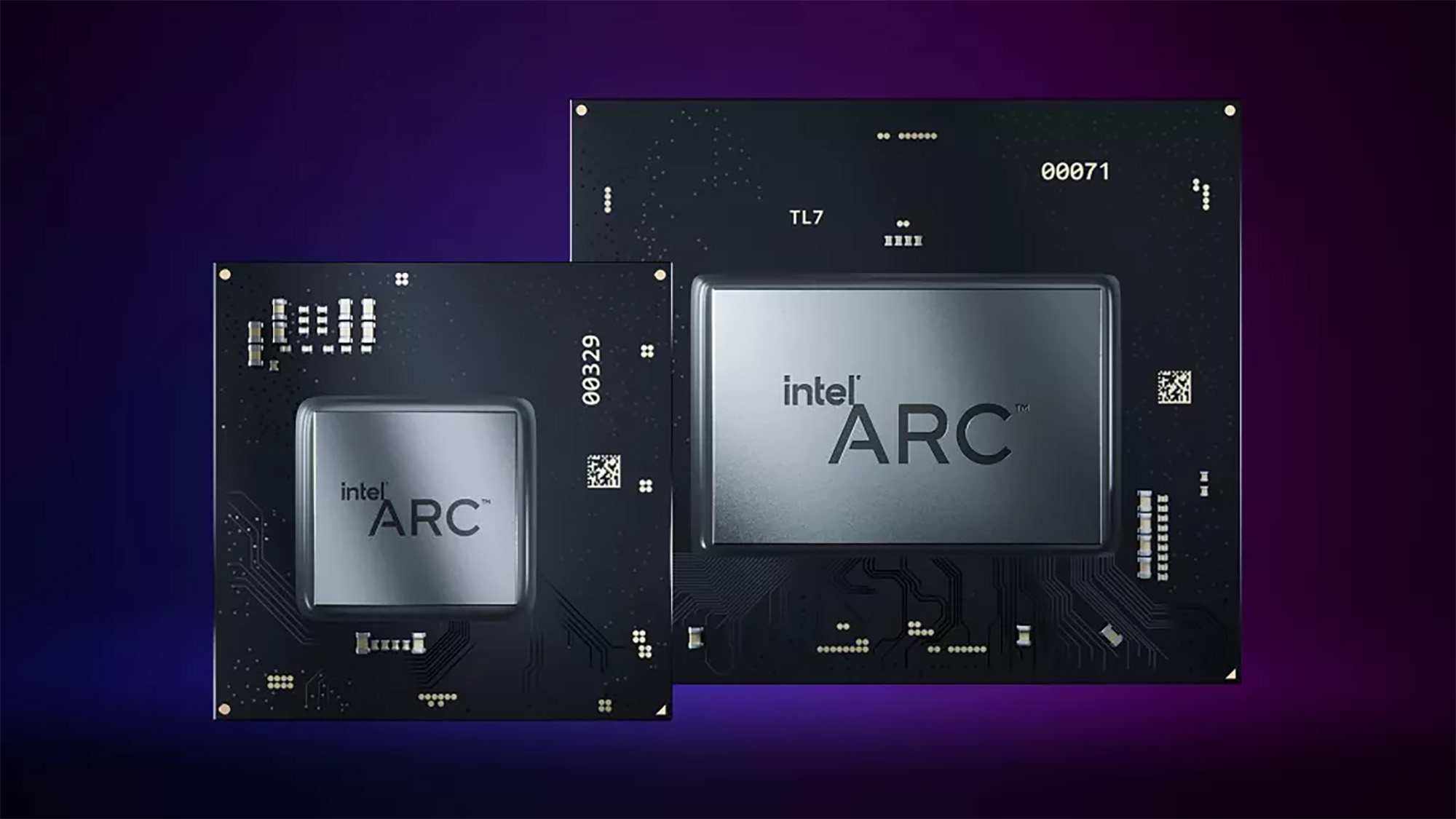Intel Arc Alchemist laptops finally listed in the US and UK, but you can't buy one yet
One Intel Arc A370M laptop is nearly $2,000

Several new Intel Arc Alchemist laptops have been listed on retailer sites in the US and UK, signaling that Intel's long-awaited discrete GPU might finally make it into consumers' hands after months if not years of waiting.
The listings are limited to a few Lenovo and HP laptops on a smattering of websites, and only feature the Intel Arc A370M mobile GPU, which is a fairly entry-level GPU compared to the A500-series and A700-series GPUs that Intel is planning on releasing later this year. However, it is a step up from the only other Intel Arc GPU in the wild, the A350M. This latter GPU is only an option on the Samsung Galaxy Book2 Pro for now, and it isn't available outside of Asia yet.



The new laptops also vary fairly wildly in price, with the 15.6-inch Lenovo IdeaPad 3i gaming laptop selling for £761 and £849 on Lambda-Tek and Currys, respectively, in the UK. In the US, meanwhile, the 15.6-inch Asus ZenBook Flip 2-in-1 is listed at $1,399, and the 16-inch HP Spectre 2-in-1 listed at $1,999 at Best Buy.
None of the laptops are actually available for order yet, with each listing saying it is coming soon or out of stock, but the fact that the laptops are listed at all signals that their release in the US and UK markets is imminent.
Hopefully, we can get a few in before long so we can finally give Intel Arc GPUs a thorough once-over.
Analysis: Intel Arc has been a long time coming
We've been looking forward to Intel's take on discrete graphics for years now, ever since we first saw some early demonstrations at CES 2020. Now that these GPUs are slowly starting to trickle out into the world, we're really hoping that Intel can do something to disrupt the Nvidia-AMD duopoly that exists in the graphics processing space.
It'll be several more weeks, if not months, before we'll be getting our hands on Intel's discrete desktop graphics cards, so we still have a ways to go before we can really get a look at Intel's best for this generation of GPUs. Still, the fact that there will be some new graphics cards in this generation is exciting, and not just because it should help ease the persistent graphics card shortages.
Get daily insight, inspiration and deals in your inbox
Sign up for breaking news, reviews, opinion, top tech deals, and more.
What we're most interested in seeing is some new innovation and competition from Intel to help goad Nvidia and AMD to work harder at delivering a better product, especially since it's looking like graphics cards and processors aren't going to be as readily available as they've been in the past. If we must wait a while to get our hands on a graphics card, we'd like it to be worth the wait.

John (He/Him) is the Components Editor here at TechRadar and he is also a programmer, gamer, activist, and Brooklyn College alum currently living in Brooklyn, NY.
Named by the CTA as a CES 2020 Media Trailblazer for his science and technology reporting, John specializes in all areas of computer science, including industry news, hardware reviews, PC gaming, as well as general science writing and the social impact of the tech industry.
You can find him online on Bluesky @johnloeffler.bsky.social